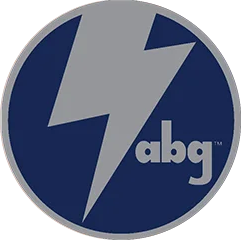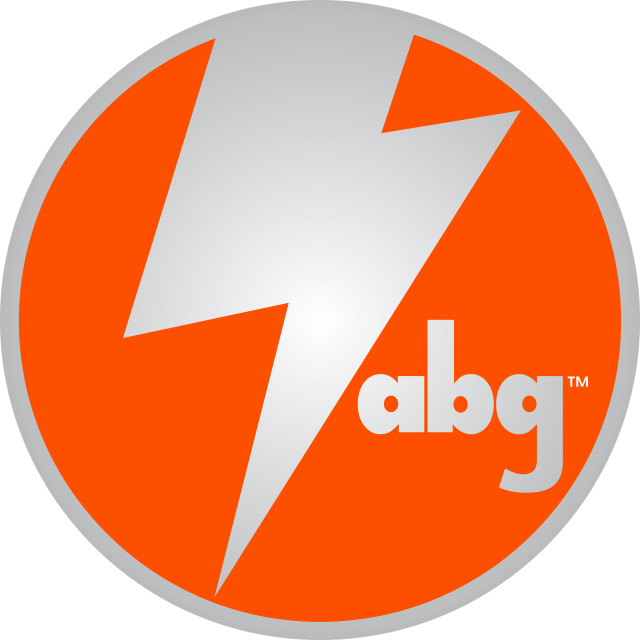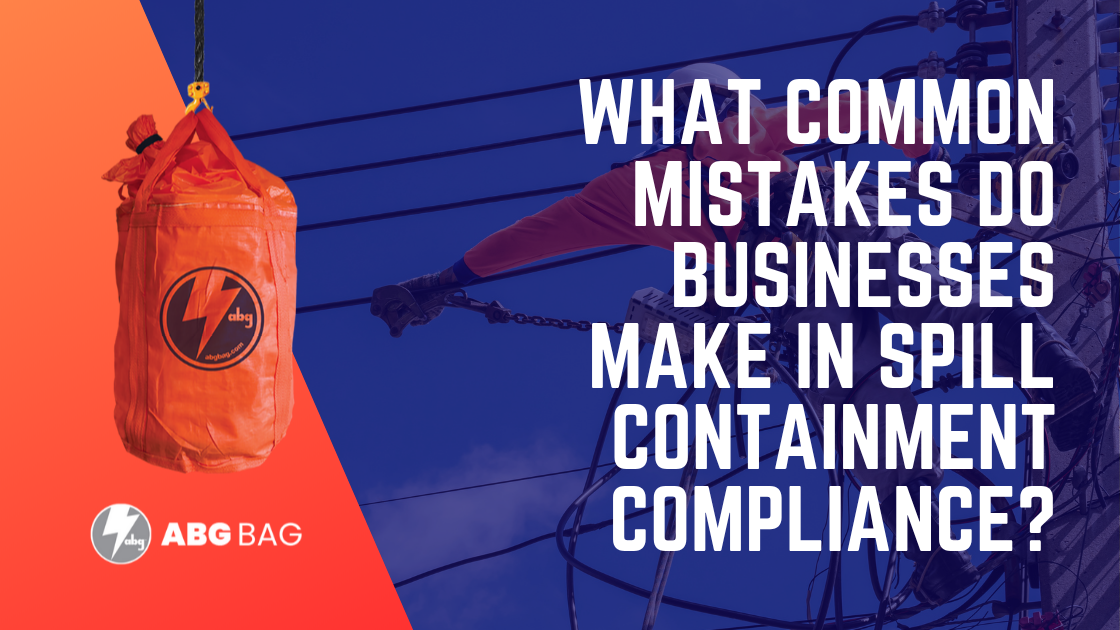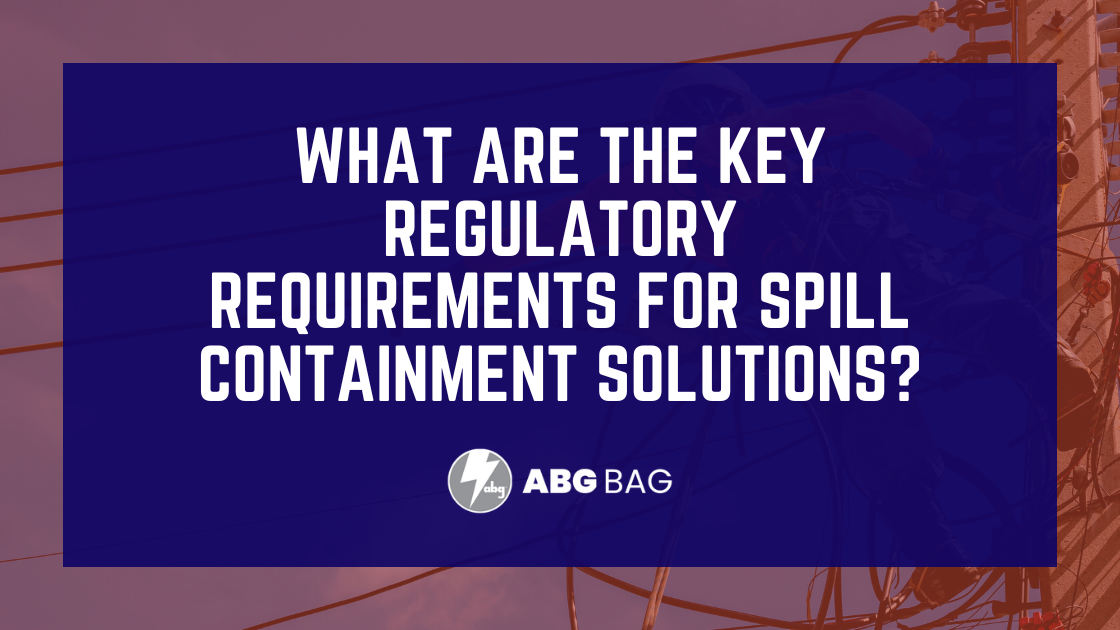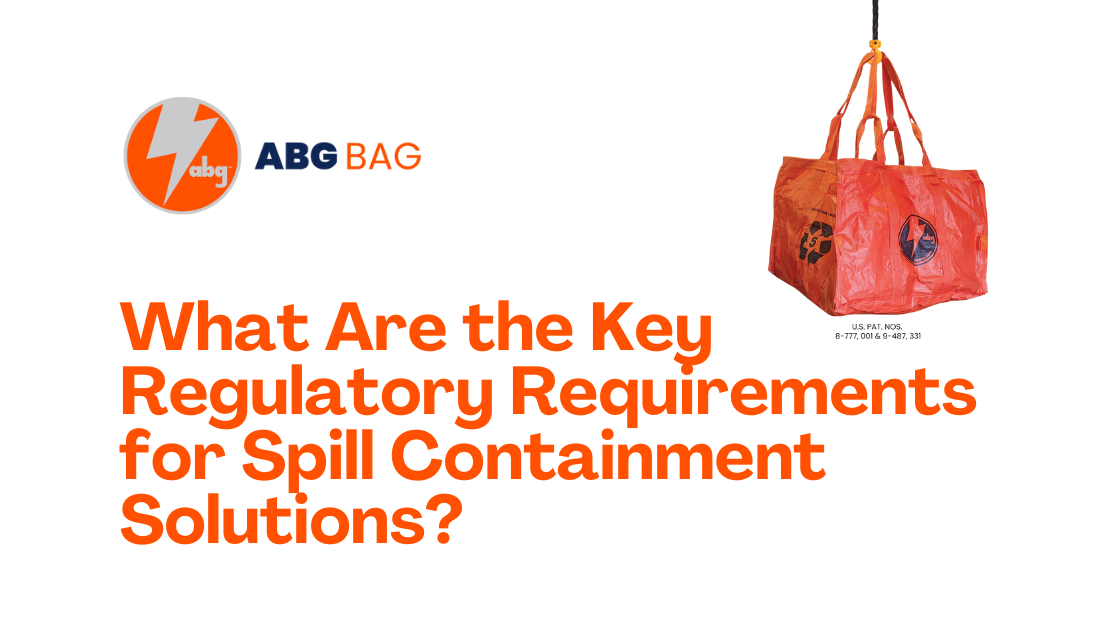
Why Is Compliance Critical for Spill Containment?
Spill containment is more than just a precaution—it is a regulatory requirement that safeguards people, the environment, and business operations. For utilities, contractors, and organizations handling hazardous materials, strict adherence to containment standards is essential. Non-compliance can result in legal penalties, environmental damage, operational delays, and reputational harm.
Compliance with containment regulations encompasses a wide range of federal, state, and international requirements. Key frameworks include the Department of Transportation (DOT) standards, the Environmental Protection Agency (EPA) regulations, and the Toxic Substances Control Act (TSCA). Understanding how these rules apply to Transformer spill containment and other hazardous material management practices is critical for any organization responsible for oil-filled equipment or chemical handling.
The Purpose of Spill Containment Compliance
Spill containment compliance serves several essential functions. First, it prevents environmental contamination by capturing fluids before they can reach soil, groundwater, or surface water. Second, it protects employees and contractors from exposure to hazardous substances. Third, it ensures organizations remain in good standing with regulatory agencies, avoiding fines, cleanup costs, and operational interruptions.
In practical terms, compliance means using Utility spill containment products designed for specific applications, such as transformers, oils, or chemical containers. It also requires proper training, deployment procedures, and maintenance of containment systems to ensure they function as intended when leaks or spills occur.
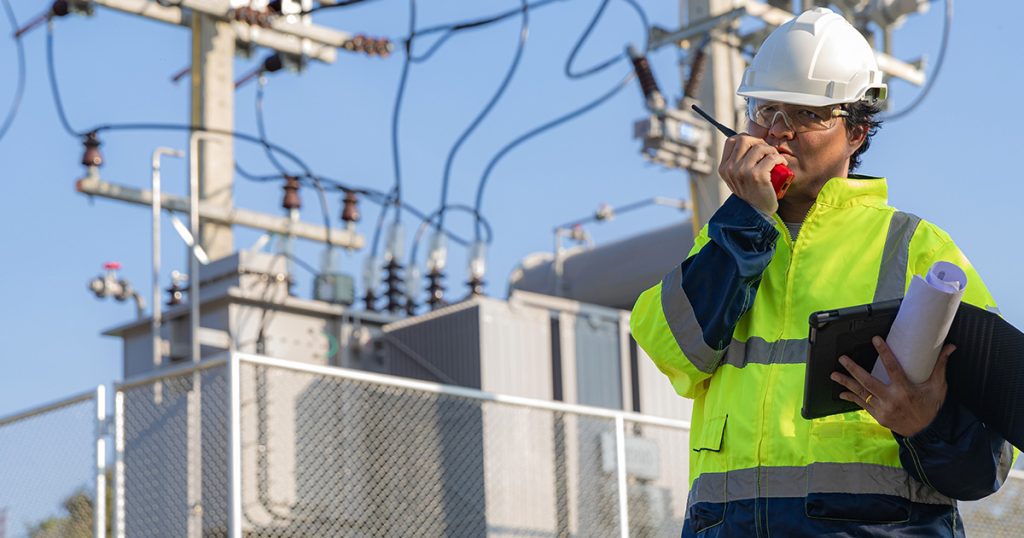
DOT Containment Solutions
The DOT regulates the transport of hazardous materials across state and international borders. Compliance with DOT standards requires the use of DOT hazmat containment bags, Transformer DOT Containment systems, and UN-compliant containment bags to prevent leaks during transit.
DOT containment products are designed to withstand impact, vibration, and stacking pressures during transportation. Proper labeling, documentation, and adherence to federal performance testing standards are mandatory to meet legal obligations. Without these measures, even minor spills can lead to significant fines, liability claims, and regulatory scrutiny.
EPA Containment Solutions
While the DOT focuses on transport, the EPA emphasizes stationary containment and environmental protection. Facilities handling large volumes of oil or hazardous substances must implement secondary containment systems under the Spill Prevention, Control, and Countermeasure (SPCC) rules.
Transformer EPA Containment solutions—such as spill pallets, berms, and containment bags—capture leaks or drips from transformers and other equipment. These systems are designed to hold at least 110% of the largest container volume, ensuring that any accidental release does not reach the environment. Routine inspection and maintenance are critical to ensure ongoing compliance and functional integrity.
TSCA Containment Solutions
For older transformers or equipment that may contain polychlorinated biphenyls (PCBs), TSCA regulations add an extra layer of responsibility. TSCA containment solutions prevent the release of PCBs during storage, transport, or maintenance. Proper chemical-resistant containment, secure closures, and documented handling procedures are mandatory to comply with federal law and reduce environmental and legal risk.
Integrated Compliance Strategies
A successful spill containment program integrates DOT, EPA, and TSCA standards into a single framework. For instance, a transformer may be shipped using hazardous material transport containment products that meet DOT requirements and UN specifications. Once onsite, the same equipment can be protected with Transformer EPA Containment solutions, while TSCA-compliant products handle any PCB-related risks.
By combining these approaches, organizations ensure comprehensive coverage—from transport to storage to maintenance—minimizing liability and environmental impact.
Operational Benefits of Compliance
Beyond regulatory adherence, compliance improves operational efficiency and worker safety. Portable containment solutions allow crews to respond quickly to leaks, reducing downtime and cleanup costs. Proper containment deployment also reduces the risk of accidents and ensures that transformers, oils, and other hazardous substances are handled safely throughout their lifecycle.
Integrating compliance-focused containment into daily operations demonstrates a commitment to environmental stewardship and corporate responsibility. Employees gain confidence knowing that the tools they use meet rigorous regulatory standards, while management can ensure consistent adherence to environmental policies.
Planning and Selection of Containment Products
Choosing the right containment products is essential for achieving compliance. Factors to consider include:
- Type of equipment or material: Oils, transformer fluids, and chemical substances may require specific containment compatibility.
- Deployment scenario: Portable bags, spill pallets, or berms may be needed depending on whether the containment is for transport, maintenance, or storage.
- Regulatory requirements: Products must meet DOT, EPA, and TSCA standards as applicable.
For a detailed overview of the best practices and product options, organizations can refer to A Complete Guide To Regulatory Spill Containment Solutions, which outlines standards, testing requirements, and practical guidance for utility and industrial applications.
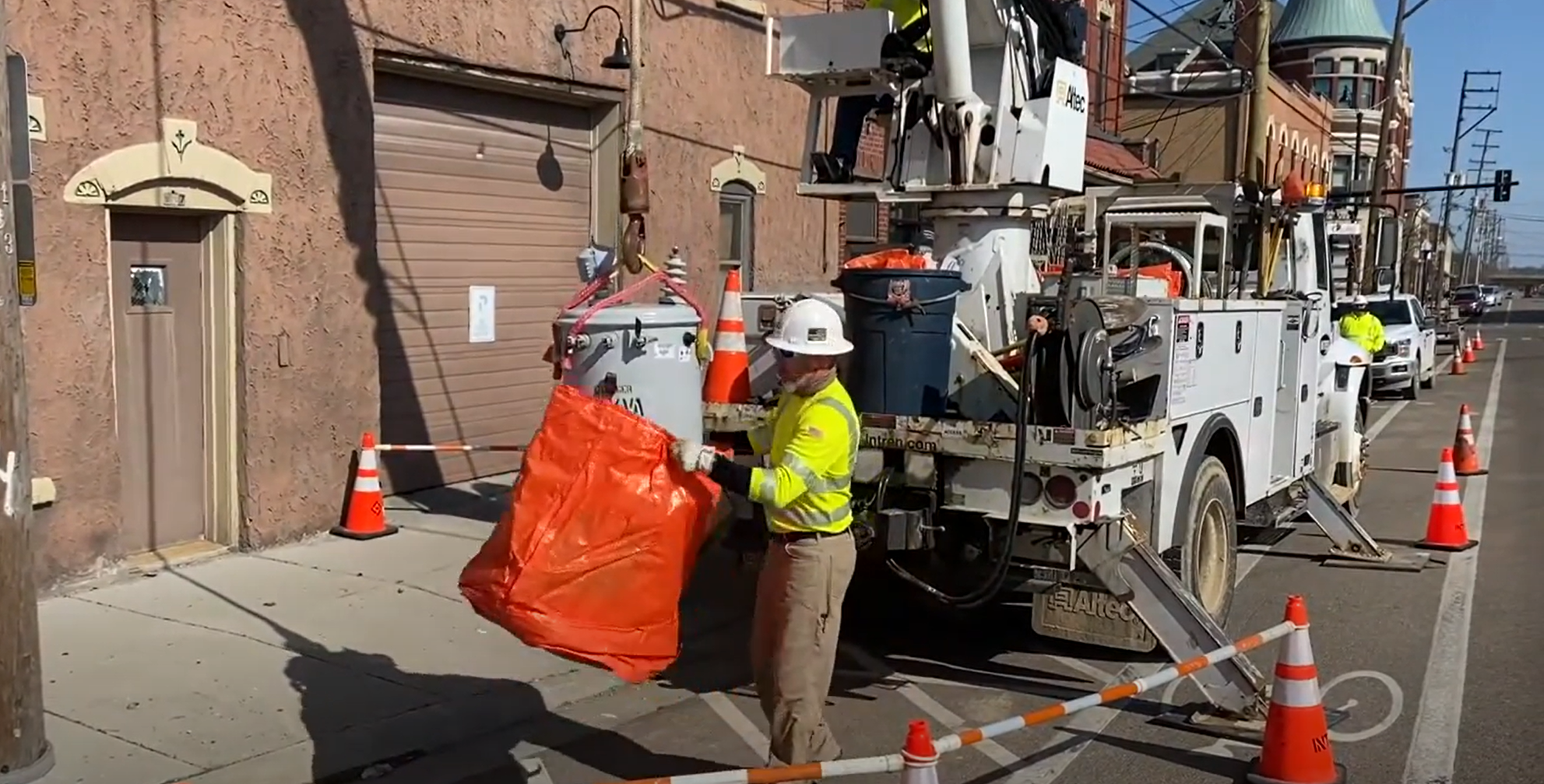
Protect Your Organization and the Environment
Regulatory compliance is critical not only for avoiding penalties but also for protecting the environment and maintaining operational continuity. Properly deployed Transformer spill containment, DOT Containment Solutions, and EPA Containment Solutions create a safer workplace, reduce risk of contamination, and demonstrate responsible environmental management.
Organizations that proactively integrate compliance into their containment strategies can respond efficiently to leaks, maintain regulatory records, and ensure their operations remain uninterrupted, even under challenging conditions.
Compliance with spill containment regulations is a multi-faceted responsibility that encompasses DOT, EPA, and TSCA standards. Using the right containment products, conducting regular inspections, and training staff in proper procedures ensures organizations meet legal obligations, protect the environment, and minimize operational risk.
Investing in compliant containment solutions—including DOT hazmat containment bags, Transformer DOT Containment, Transformer EPA Containment, UN-compliant containment bags, and TSCA containment solutions—provides confidence and long-term protection.
Call 800-758-8079 or send a message through the website to learn more about compliant containment solutions for your utility or industrial operation.
Do You Have Questions?
For inquiries about our products, order status, or any other information related to ABG, send us a message, and we will respond soon.
Sales & Customer Care
Product Questions



